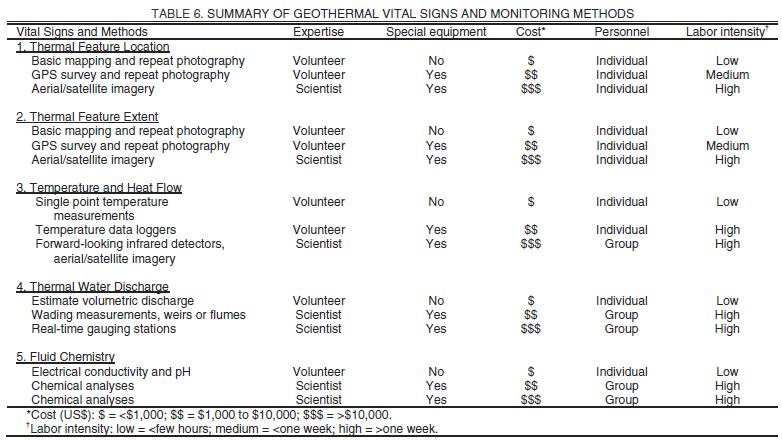4. Gps To Designdesign Water Supply System
- 4. Gps To Design Design Water Supply System Cody Cross
- How To Design Water Supply System
- 4. Gps To Designdesign Water Supply System
Introducing the Project
Our programme of fieldwork in Thrace commenced in 1994 with the survey of the Anastasian Wall. In the following year we began also to survey and study the remains of the aqueduct bridges in the vicinity of the Anastasian Wall including the first use of GPS to map the course of the channels. Over subsequent years mapping and study of the two monuments progressed and by 2000 we had largely completed the survey of the line of the Anastasian Wall, although in places where the forest is especially dense this is in outline only. From 2000 we benefited from a major grant from the Leverhulme Research Trust to study the Water Supply System of Byzantine Constantinople, both outside and within the city. The results of this project are now published in a monograph [Crow, Bardill and Bayliss 2008]. An associated landscape project concerned with the application of Historic Landscape Characterisation for the understanding of Mediterranean landscapes focused on southern end of the Anastasian Wall and the agricultural landscapes around Silivri.

The term 'system' is used because it is truly the 'system' that the District manages for its water users. As experienced in 1990, the District has and will continue to have years or periods where there is no surface water supply available for its water users. The various components of the District's water supply system are described below. Water pipelines to all service areas shall be looped to provide dual direction supply and system flexibility. Dead end mains are undesirable, but can be considered on a case-by-case basis. 2.02 SYSTEM ANALYSIS The proposed water system shall be analyzed for the following three conditions: 1. Peak hour demands with wells/booster pumping plants on.
A new phase began in 2007. At the invitation of Prof. Derya Maktav of Istanbul Technical University we have collaborated on a TUBITAK funded project to investigate the application of Remote Sensing for the Study of the Water Supply System in Thrace. The results of further fieldwork undertaken during this phase will be incorporated in future articles on the Water Supply. Current field work and research is now concerned principally with the publication of the Anastasian Wall and associated fortifications at Silivri (Selymbria) and Marmara Ereğli (Perinthos), and further dissemination of the results of over 15 years research.

4. Gps To Design Design Water Supply System Cody Cross
About this Website

The Website has been designed and implemented by Dr Richard Bayliss as part of the Leverhulme funded programme. In August 2007 Jim Crow moved to Edinburgh University and in 2009 the website was migrated to its new address under the careful eye of Karen Howie. For any news and comments about the wall and aqueducts please contact Jim Crow.
This site forms an integral part of the Leverhulme Trust sponsored Water Supply of Constantinople Project and will be regularly enhanced and expanded through the life of the project (2000-2005). To explore the site either follow the thematic sections or access the fieldwork reports in the side menu or use the navigation map (requires Flash plugin).
Project Overview
In AD 373 the emperor Valens welcomed the waters of Thrace to the city of Constantinople, brought by a new aqueduct that still today bears his name. The water channel was over 150km in length and took nearly 30 years to build. Additions were made to the system over the next 100-150 years, bringing the total length of water channel provided for the city to somewhere in the region of 400km, representing one of the greatest achievements of hydraulic engineering known from antiquity. The longest stretch ran from the vicinity of modern Vize to Constantinople: at over 250 km in length this is the longest single water supply line known from the ancient world. More than 30 stone water bridges and many kilometers of underground tunnels carried the water over mountain and plain to the heart of the city. In many respects the completion of this new water-supply system inaugurated and confirmed the city as the new capital of the Roman world. Not only did it fulfill the daily needs of the growing population, but it also supplied the great thermae and nymphea, expected in any classical metropolis. Outside the city the archaeological reminders of this achievement survive in the forests of Thrace as impressive aqueducts and collapsed water channels. Within the walls over a hundred Byzantine cisterns have been identified, including three giant open-air reservoirs, attesting to the scale of the endeavour.
Fieldwork undertaken as part of the Anastasian Wall Project, which commenced in 1994, has recognised the great complexity and chronological diversity of these hydraulic works in the hills of central Thrace. Despite the admirable work on the system carried out by Professor Kazim Çeçen (Çeçen 1996a) the system has been largely ignored in all standard accounts of Roman hydraulic engineering (see Hodge 1992). The principal reason is that for much of their length, the water channels run through dense and inhospitable forest, thereby effectively deterring archaeological investigations until recently. This project aims to record the system in detail and to appreciate its development over the eight centuries during which it functioned. Throughout this period Constantinople was one of the greatest urban centers in the Old World and a study of the changing pattern of water supply and demand provides a significant new resource for a fuller understanding of the life and wealth of the medieval city.
Contents
How To Design Water Supply System

Project Overview - this page

Historical Context- overview of the city's water supply system of the city between the 4th century and the Ottoman conquest in 1453
Navigation Map- Flash-driven navigation system allowing exploration of the site through a hierarchical series of topographical maps
Long-Distance Aqueduct- introduction to the archaeology the the water supply system
Major Bridges - focussing on the principal aqueduct bridges outside the city
Constantinople - the cisterns, reservoirs and the Valens Aqueduct within the city
Belgrade Forest - the Byzantine and Ottoman system north of Istanbul
Halkali - the Ottoman (and Byzantine?) system south-west of Istanbul
Hydrogeology - looking at how the geology and hydrogeology of Constantinople's hinterland affected the exploitation of water resources
Fonts look wierd? [click here]
Site History
4. Gps To Designdesign Water Supply System
2002
1 May: Site Launch
4 Jun: Site updated with dynamic frames to allow direct external access from search engines
4 Jun: Introduction and instruction page added to Water Supply Navigation Map
17 Jul: No-frames format launched
